Description
What is a 4G 5G Wireless 6G Omni Dipole Antenna?
The 4G 5G Wireless 6G Omni Dipole Antenna CTRF-ANTENNA-AP-82600-16192-SMA is a full band 4G 5G 6G from 824MHz to 6000MHz frequency including ISM/SCADA/Utilities/IoT/NB-IoT/LoRa/4G LTE/LTE-IoT/5G NR/6G communication applications.
We have two bigger sizes with the same functional 223x27mm 4G LTE 5G New Radio Sub-6G Omnidirectional Antenna and 223x35mm 4G LTE 5G NR 6G Antenna For Wireless Communication for your choice.
The 4G 5G Wireless 6G Omni Dipole Antenna comes with a 90-degree foldable hinge plastic ABS material radome and standard SMA connector, 192x16mm IP66 waterproof grade antenna size, and Omnidirectional 360-degree radiation.
C&T RF Antennas Inc provides RF Antennas with multi-frequency bands such as 169MHz, 230MHz, 315MHz, 433MHz, 868MHz, 915MHz, Lora, NFC, VHF&UHF, NB-IoT, ADS-B, GSM, Wifi 2.4GHz, 5.8GHz, 2G 3G 4G LTE, GPS, GNSS, 5G NR, UWB, etc.
C&T RF Antennas Inc. provides the 4G LTE antenna with many antenna types such as Dipole Antennas, Whip Antennas, Marine Antennas, Router Antennas, MIMO Antennas, Combo Antennas, PCB Antennas, FPC Antennas, Spring Antennas, Sector Antennas, Yagi Antennas, etc., for IoT & M2M industries.
Contact the C&T RF Antennas Inc sales team for more details on the 4G 5G Wireless 6G Omni Dipole Antenna such as the 4G 5G Wireless 6G Omni Dipole Antenna datasheet, 4G 5G Wireless 6G Omni Dipole Antenna pricing, 4G 5G Wireless 6G Omni Dipole Antenna inventory.
This 4G 5G Wireless 6G Omni Dipole Antenna supports the following frequency bands:
5G NR: N41/N77/N78/N79
LTE-FDD: B1/B3/B5/B7/B8/B18/B19/B20B26/B28/B32
LTE-TDD: B34/B38/B39/B40/B41/B42/B43
Measured support module model:
5G module MH5000-31
5G module SIMCOM SIM8200EA M2
5G modules move away RM500Q
5G module MAG SRM825
5G module Fibocom FIBOCOM FM150
5G module China Mobile FO2x, F03
5G module Longsun EX510
And for other domestic 5G modules
4G 5G Wireless 6G Omni Dipole Antenna Features
Sensitive signal
Stable sending and receiving
Gain 8DBI
SMA Standart Connector
High performance
Low power consumption
5G antenna signal strong and wide coverage
90-degree folding
Can be folded at will, easy to use
4G 5G Wireless 6G Omni Dipole Antenna Specifications
4G 5G Wireless 6G Omni Dipole Antenna Electrical Specifications |
|
| RF Antenna Type | Omni Rubber Duck Antenna |
| Model | CTRF-ANTENNA-AP-82600-16192-SMA |
| Frequency Range | 824-6000MHz |
| Gain | 4-8dBi |
| VSWR | ≤2.0 |
| Impedance | 50 Ω |
| Polarization | Linear |
| Directional | Omnidirectional |
| Connector | SMA Male |
| Max Power | 50W |
| Lightning Protection | DC-Ground |
4G 5G Wireless 6G Omni Dipole Antenna Mechanical Specifications |
|
| Dimension | 16*192mm |
| Weight | Approx. 18g |
| Radome Material | Plastic ABS |
| Operation Temperature | -20˚C ~ +80˚C |
| Storage Temperature | -40˚C ~ +80˚C |
| Color | Black |
| Antenna Design | Dipole Array |
| Mounting | SMA Connector |
| SafetyEmission and other | RoHS Compliant |
| Applications | ISM/SCADA/Utilities/IoT/NB-IoT/LoRa/4G LTE/LTE-IoT/5G NR/6G, GSM/GPRS/UNTS, etc. |
5G Antenna Q&A
Q: What are the domestic antenna companies that have done well? Are the supporting facilities for the 5G industry chain ready?
A: There are many leading antenna companies in China. Seven or eight of the world’s best base station antenna manufacturers are in China, and the factories of several other foreign companies are also in China.
There are many solutions for 5G, and we are not sure which one will be used eventually, but for now, the existing devices can basically meet the requirements.
Q: In the future 5G terminal, what principles should be followed in the design of the antenna position?
A: How many positions on the future 5G terminal can be deployed for us is a question. At present, the design of the antenna still follows the system, and the position of the antenna will be considered after the system is designed.
From a technical point of view, the farther away from the head of the device, the better. At present, dual antennas are generally used on mobile phones, and the main antenna is generally in the lower half because the head absorbs and blocks energy;
In addition, the antennas should be shared as much as possible to reduce the space occupied by the antennas; the third is a multi-antenna system.
In principle, the farther the better, but the area is limited. It needs to rely on space diversity and polarization diversity to minimize the correlation between antennas. Sex.
Q: 5G antennas are array patches, right?
A: If it is just an array patch, then the entire 5G challenge will be greatly reduced, but it depends on the specific application.
The lowest frequency band for 5G communication is 3GHz, which is almost the same as LTE, and antennas are still used for a while.
If it exceeds 5GHz, you can use arrays or patches, but after 28GHz it is more suitable to use patches, you can also use lens antennas, and waveguide slot antennas because the ohmic loss of high-frequency waveguide transmission is relatively small, so from the entire system.
In terms of efficiency, it is also possible to use a waveguide antenna. If it is limited to a certain form of antenna, it will limit the space that the antenna can play.
4G 5G Wireless 6G Omni Dipole Antenna Features


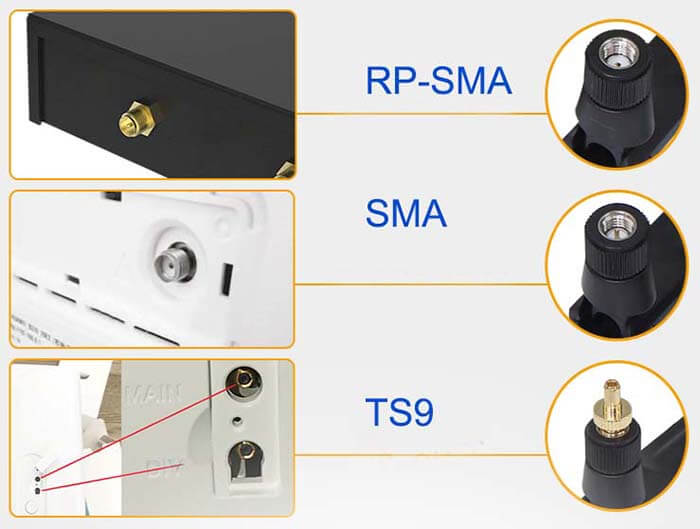
4G 5G Wireless 6G Omni Dipole Antenna Applications
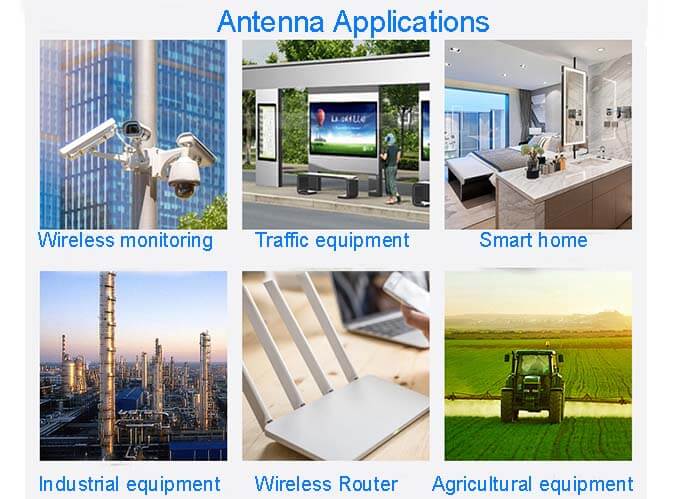



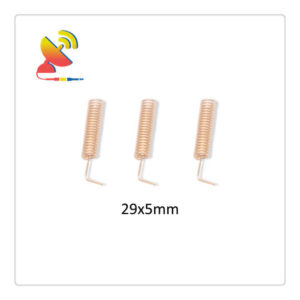
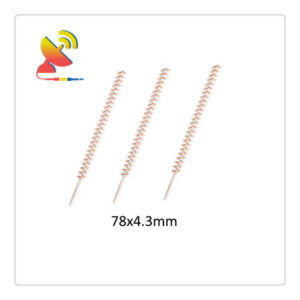
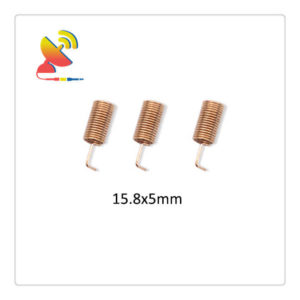
Reviews
There are no reviews yet.